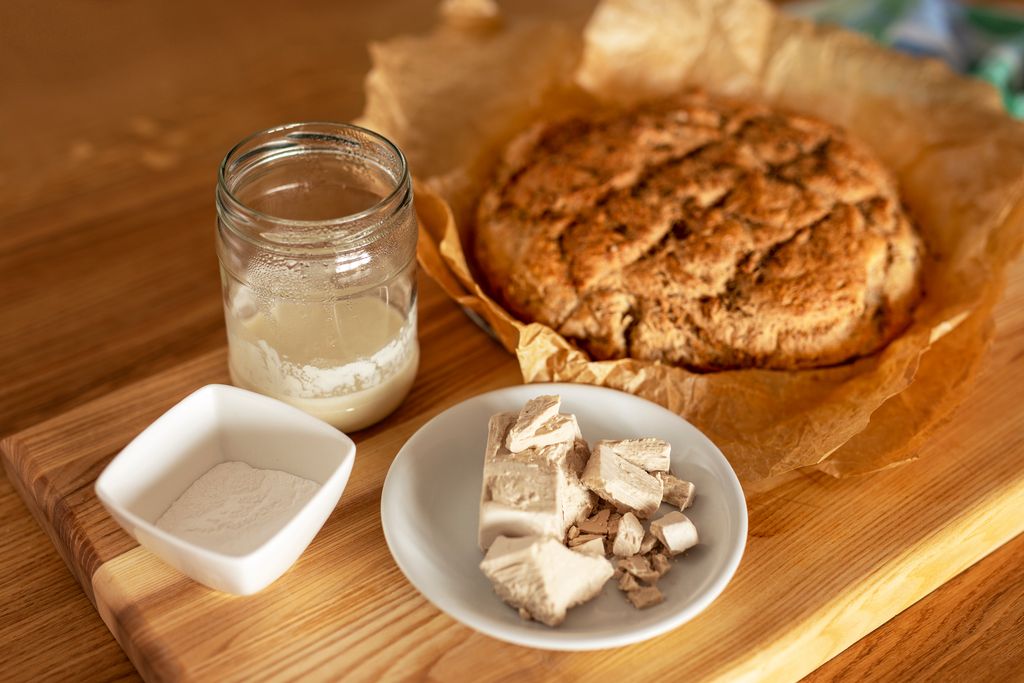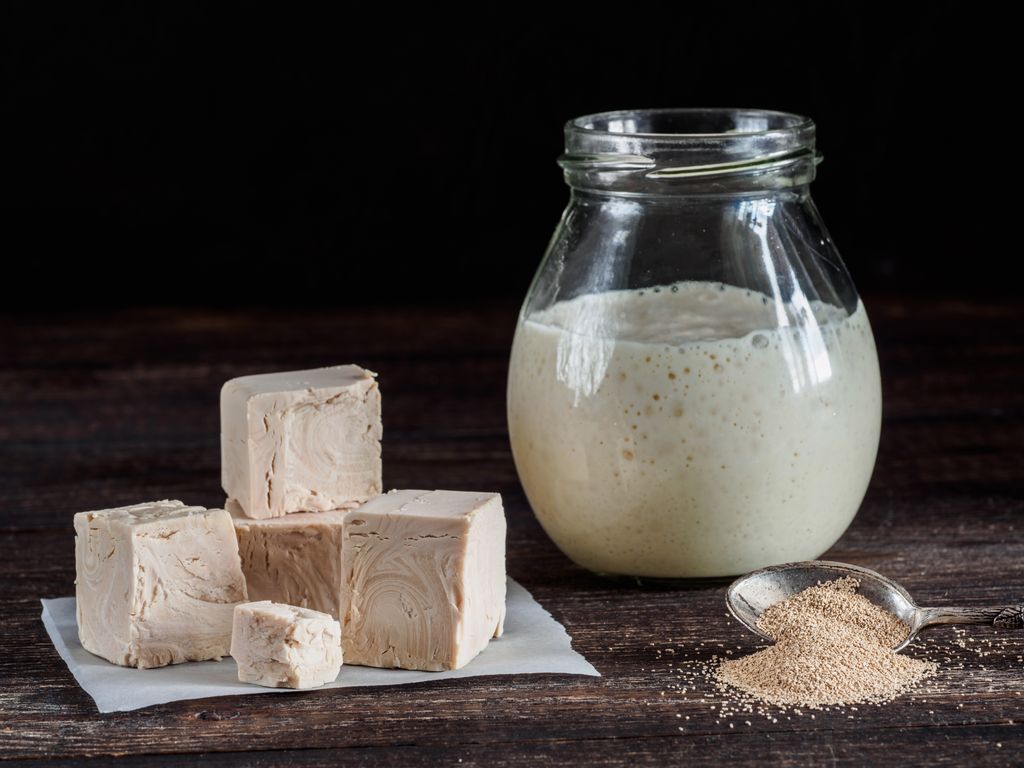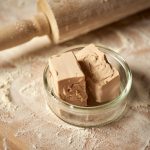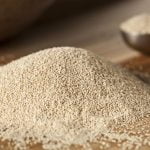How to replace yeast when you don’t have it in the pantry? Dry yeast and fresh yeast are fundamental ingredients in the kitchen, both for baking and for preparing homemade pizza, but it may happen that they are not available: it is possible to replace them with other ingredients that help the dough to rise. The main differences between fresh and dry yeast are in the duration and method of use: fresh yeast should be stored in the refrigerator and used within twenty days, while the dried yeast is more practical because it is already granulated, and can be added to the other dry ingredients. It may happen that the yeast has expired or that you run out of it since yeast loses its effectiveness after the expiration period, it can be replaced with a sourdough starter, while, unlike others ingredients, it is not possible to make yeast at home.
How to replace yeast in savoury and sweet doughs

The best method to replace yeast is to use a sourdough starter: it is a yeast composed only of water, flour and possibly a “starter” to facilitate its activation (such as yoghurt): it is very easy to make it at home, and even if it needs a lot of attention for the first few days, afterwards it should be treated only during periodic refreshments once or twice a week. Those who delight in the preparation of homemade bread, pizza, focaccia and other leavened products will certainly benefit from having a supply of sourdough starter always at hand! Similarly, a sourdough starter can also be used to replace yeast in desserts, as in the case of brioches, doughnuts and krapfen.
Hack: how to convert doses of yeast into sourdough starter
A standard dose of fresh yeast corresponds to a 25-gram cube and can be replaced with 300 grams of sourdough starter. Considering the difference between the two yeasts, when using the sourdough starter it is also necessary to recalculate the doses of the other ingredients of the dough, in a proportion 2: 1 to the dose of sourdough starter. For example, if you add 300 grams of sourdough starter, it is necessary to subtract from the ingredients 200 grams of flour and 100 grams of water or liquids.
You can also use the sourdough starter in liquid culture, obtained from sourdough and with a much more liquid consistency (because it is hydrated more often). In this case, it will be necessary to reshape the doses provided by the original recipe: for 500 grams of flour you will use 100 grams of sourdough starter in liquid culture and you will decrease any amount of water among the ingredients by 50 grams.
In an emergency, it is possible to replace the yeast with instant yeast for pizza, enriched with dried yeast: the result will be different from the “official” one and a ready-to-use dough will be obtained. In this mode, the yeast is added directly to the other ingredients and it is not necessary to leave the dough to rest: you can immediately proceed to stuff your pizza and bake it, enjoying it as soon as it is ready. Obviously in this case the dough will not grow as in the classic pizza, since the bacterial fermentation characteristic of traditional yeast has not occurred, and the final result will be a lower, less soft and elastic pizza.
Homemade yeast: incorrect information
On the other hand, different attention deserves the discourse on homemade yeast: as the experts, for example, the Italian chemist and scientific communicator Dario Bressanini demonstrate, in the case of DIY yeast with beer, flour and sugar the result is a failure and there is also a risk of causing unexpected reactions. So, the possibility to replicate yeast at home with few ingredients is therefore fake news, with imprecise implications and a counterproductive outcome.




